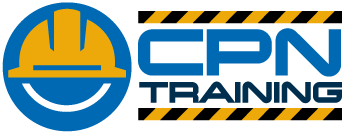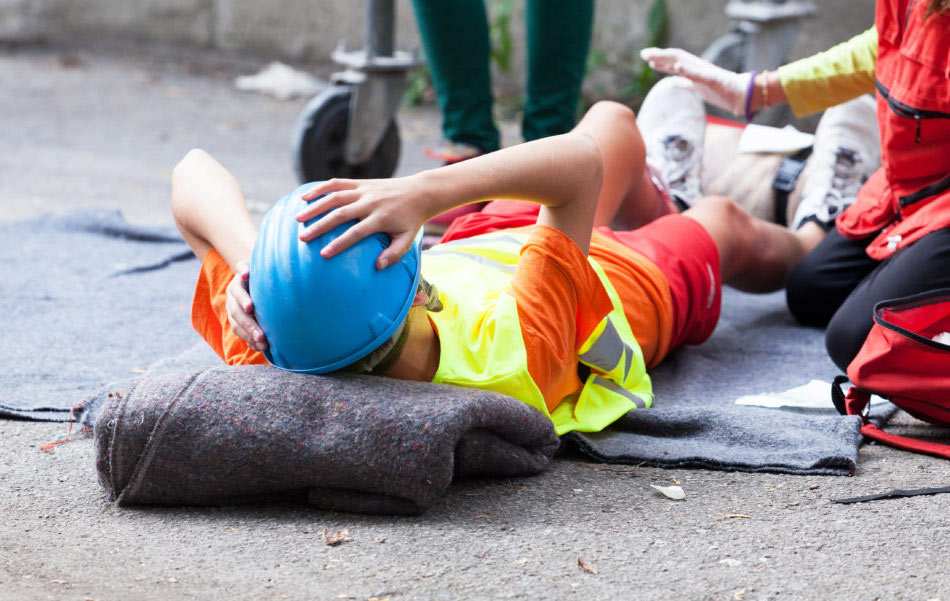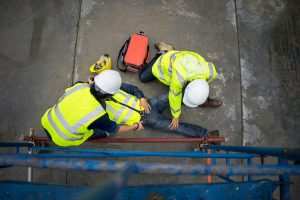We are all aware that construction sites can be dangerous places, but with planning, training, and safety measures, the danger to the public and construction workers is considerably reduced.
Common Risks Found At Construction Sites
The risks vary as to the construction project taking place. For example, working on an old building, you can encounter asbestos hazards. Not having the appropriate gear increases the health risk exponentially.
Safety measures and staff training must be relevant to the ongoing construction. Schedule risk assessments regularly as the construction moves forward.
Employers, project managers and site managers need to be aware of the negative effects injuries, including mental health issues, can have on other workers and the injured. Although each construction is different, we have addressed several common risks that can lead to long-term injury problems and death.
- Moving Objects – heavy machinery
- Noise
- Material & manual handling
- Working at heights
- Slips, trips and falls -Collapsing trenches
- Asbestos
- Electricity
- Airborne fibres and materials
- Hand-arm vibrations syndrome
- Rising use of non-medical drugs use by construction workers
Reducing The Risks – Create A Safety Culture
Creating a safe environment on any construction site needs a top-down approach. Paying lip service to ‘safety first’ is short-sighted and dangerous. Safety needs to be a core principle in a company’s structure. Aiming for a zero-accident work environment is not easy, but it can be done with support, planning, training & accountability at all levels.
Plan Projects With Health & Safety In Mind
Every construction project is different, and each comes with its own set of challenges and obstacles. At the planning stage, you need to conduct thorough risk assessments. Following the evaluation, you need to establish site-specific health and safety goals. Once identified, you can plan steps to mitigate any site hazard.
- A plan is necessary for each stage of the project
- Assign individual tasks and responsibilities
- Establish regular reviews of the safety plan
- Evaluate and update plans
Everyone from the boss to site managers and workers needs to be on board for these plans to work.
Health & Safety Training For Construction Workers
It is essential that all involved, at all levels, understand the importance of health and safety. Improving the level of expertise of the workers to facilitate a reduction in accidents needs focused training. Training will also increase everyone’s awareness of accountability and responsibility for actions taken or not taken.
Site-specific training is essential; training options can include:
- Site safety awareness
- Specific job-related tasks – more knowledge – fewer errors
- How to conduct a risk assessment
- Safely working at heights
- First aid
- Mental health first aid
- Evacuation procedures
- Team building – is necessary for workers to create a workplace where they can voice their opinions and concerns
At CPN Training Ltd, we are experts in the health and safety requirements of many areas. As a result, we can tailor our training to your projects’ needs. Comply with Health & Safety regulations, and create an alert and trained workforce to reduce work-related injuries and deaths arising from unsafe construction sites.












